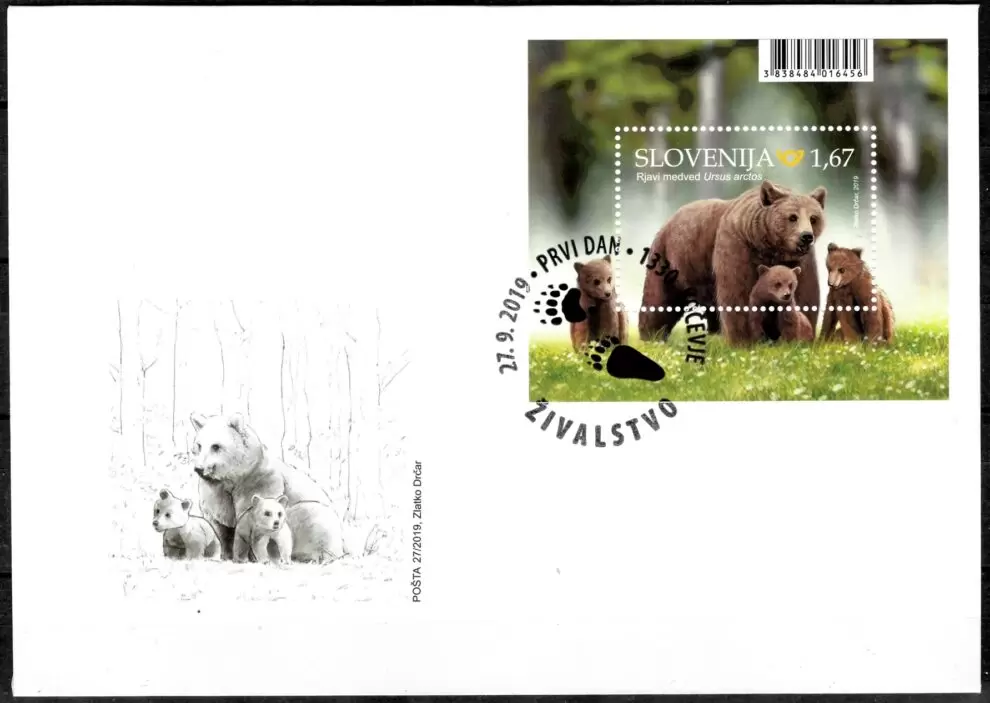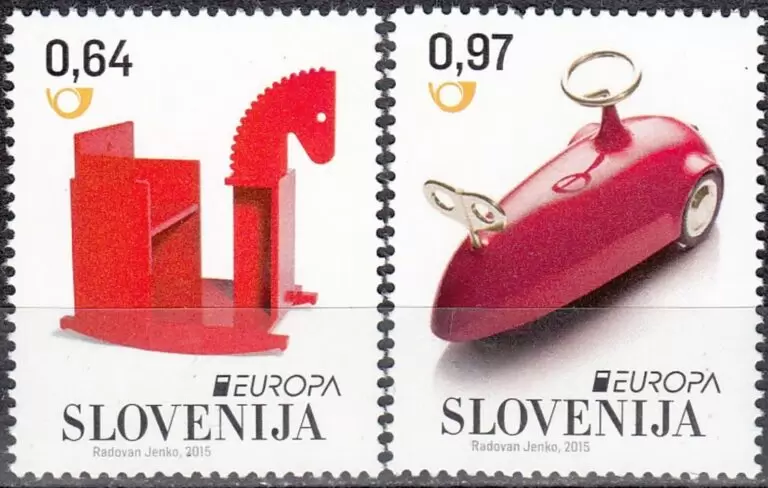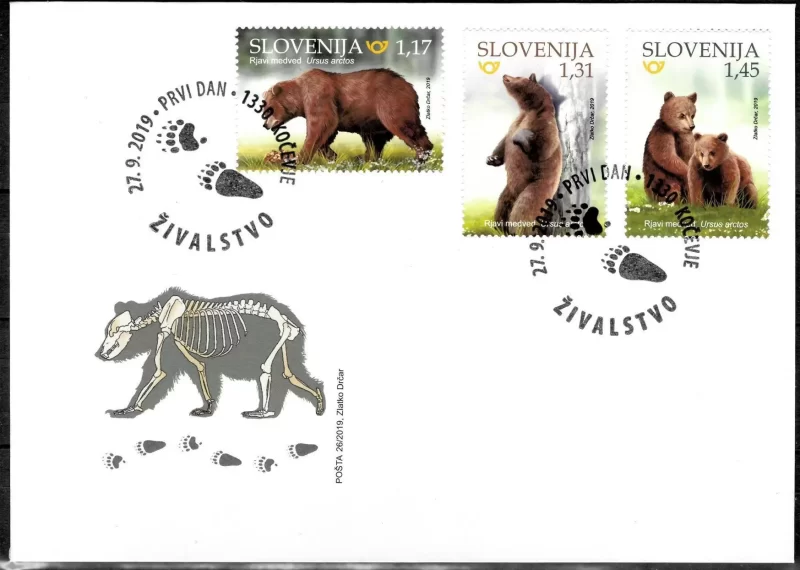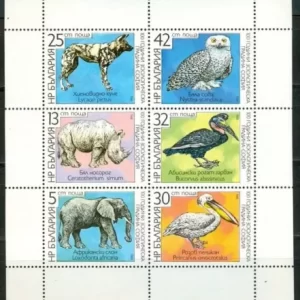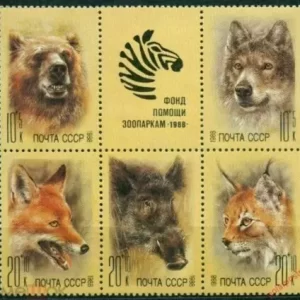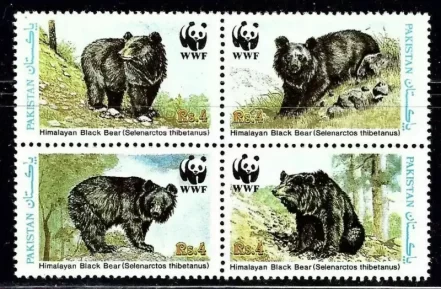Slovenia year 2019 Animals Brown Bear stamps FDC cover
That is a wonderful First Day Cover (FDC) item you are interested in!
The Slovenia 2019 “Fauna: Brown Bear” (Živalstvo – Rjavi medved) issue celebrates the significant population of brown bears in Slovenia’s dense forests.
Here are the details on the issue and the FDC:
🐻 Slovenia 2019 Fauna: Brown Bear FDC Details
- Release Date: September 27, 2019
- Issue Type: Commemorative Stamp Minisheet (MSS) and First Day Cover (FDC)
This issue was released primarily as a Minisheet (MSS), which is a small sheet containing one single stamp and a decorative border. The FDC features this minisheet affixed to an envelope and officially cancelled on the first day of issue.

